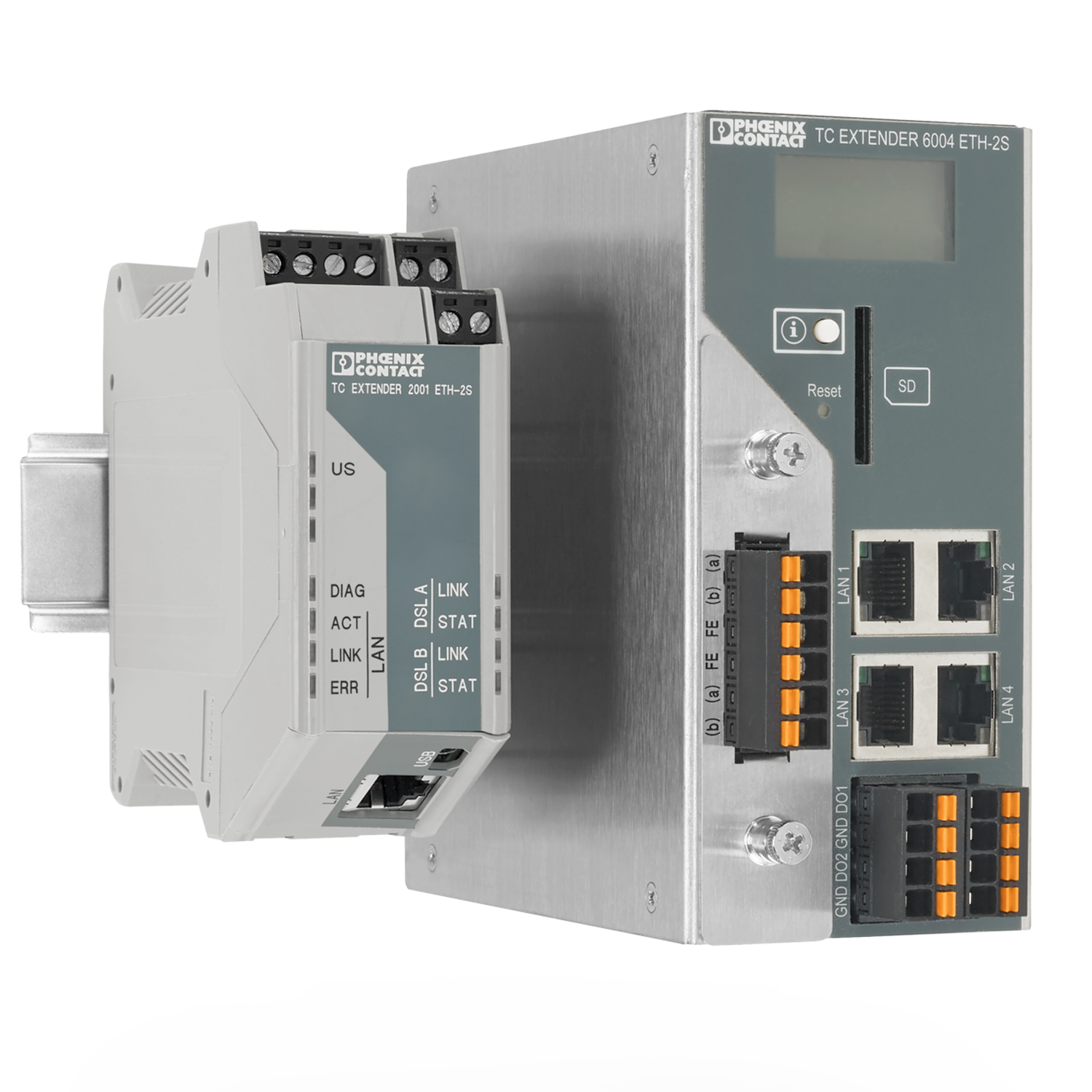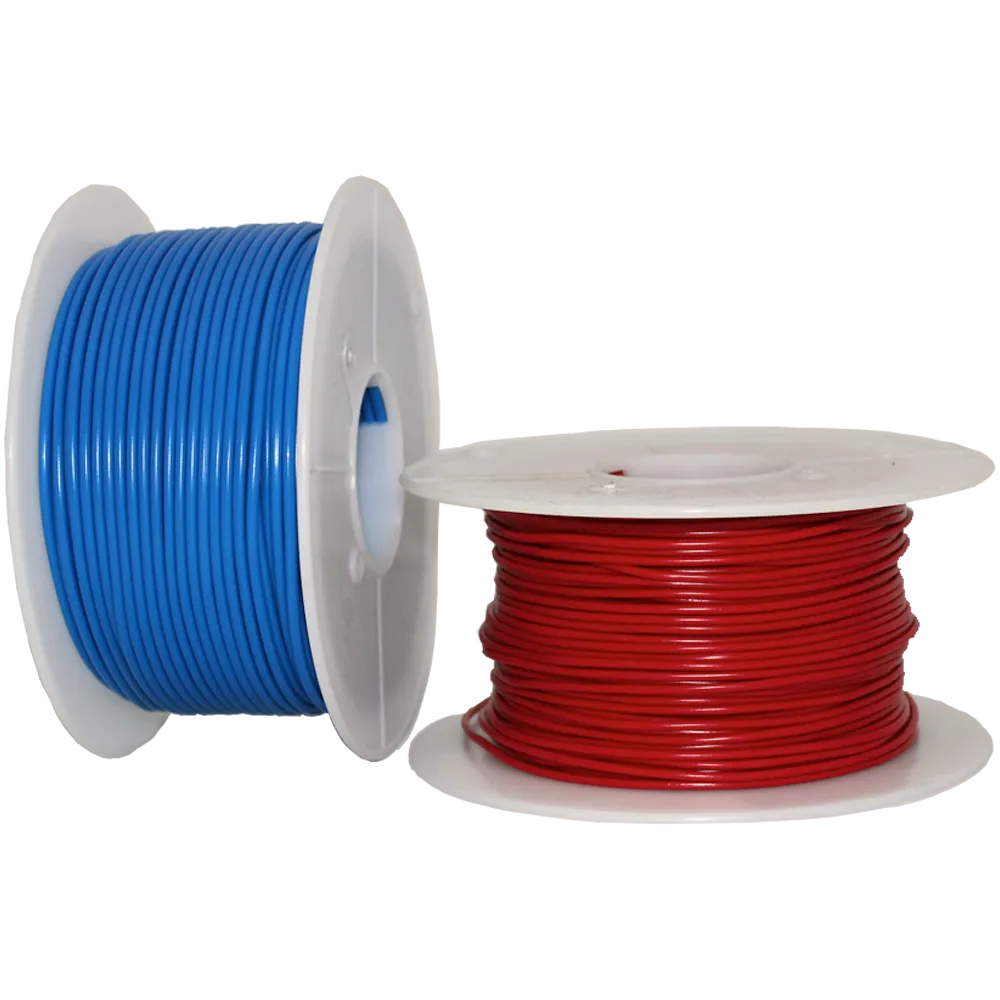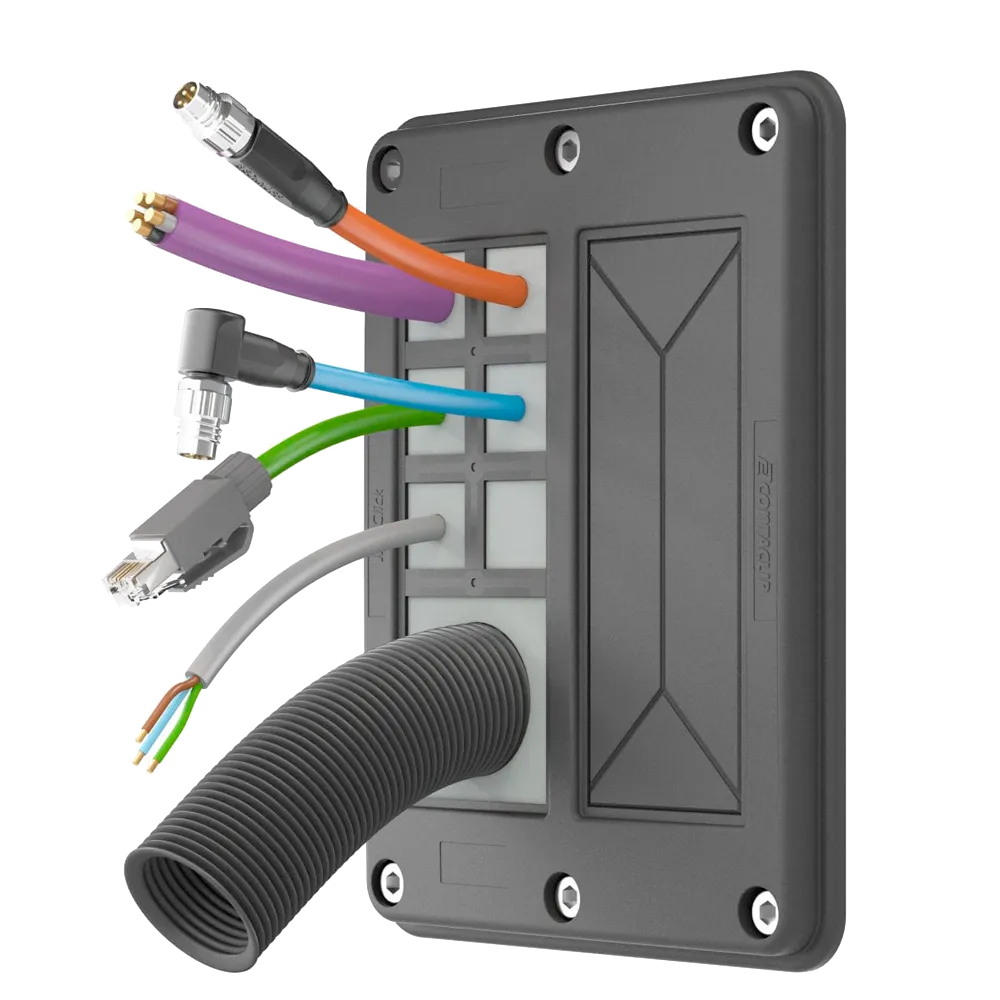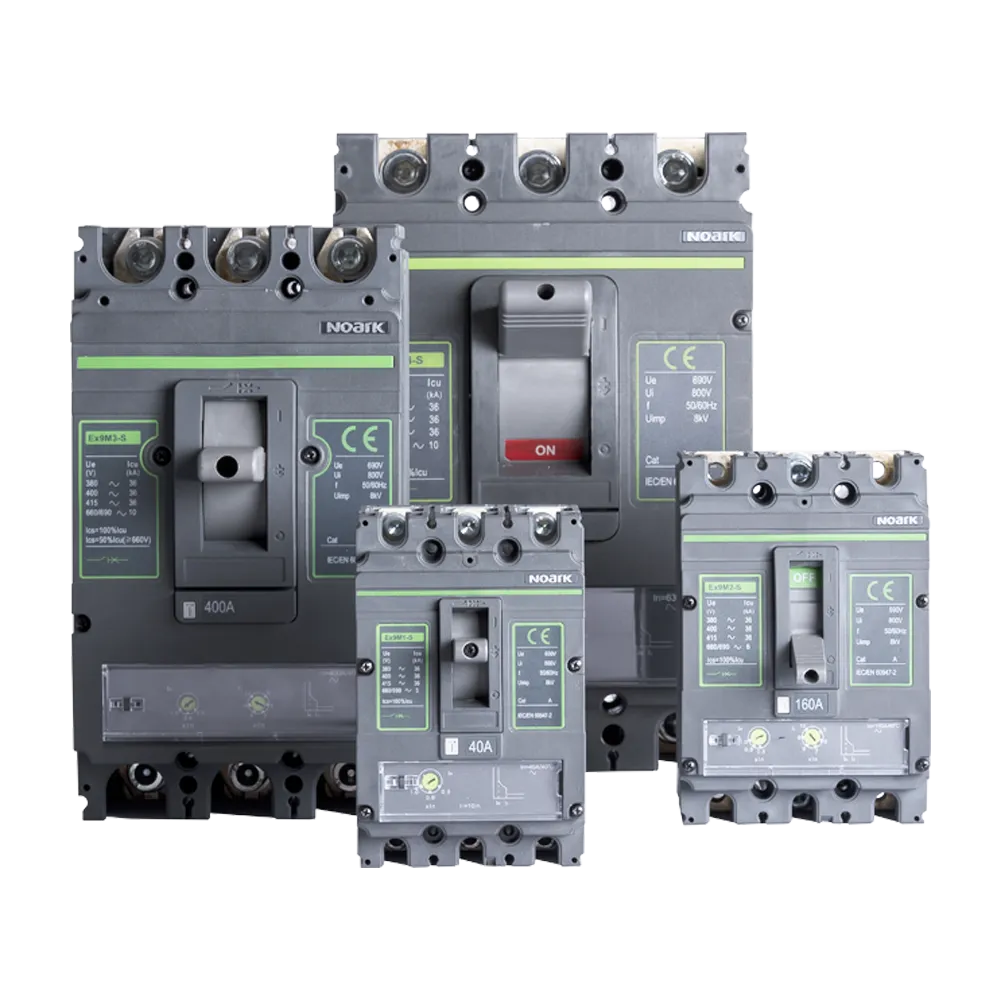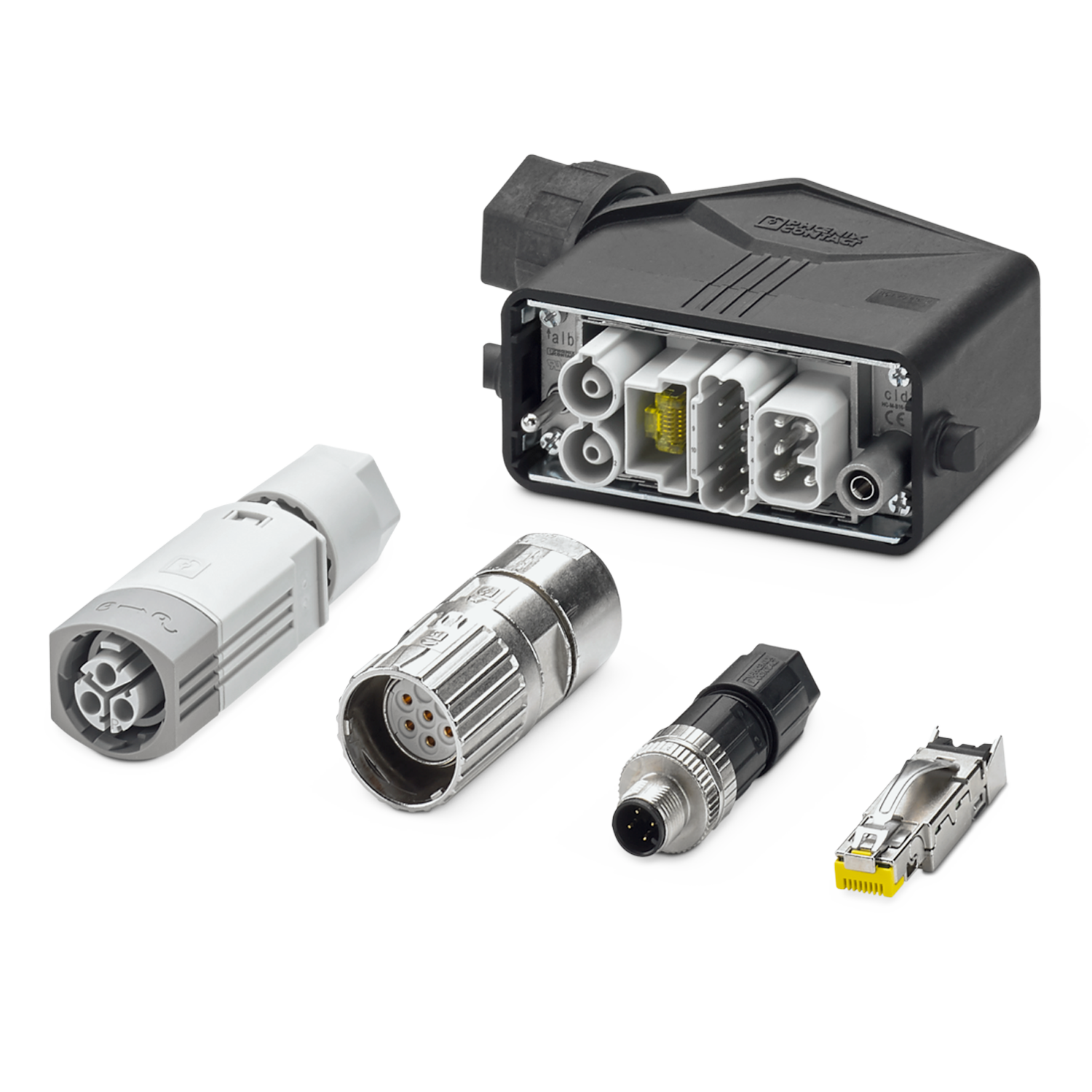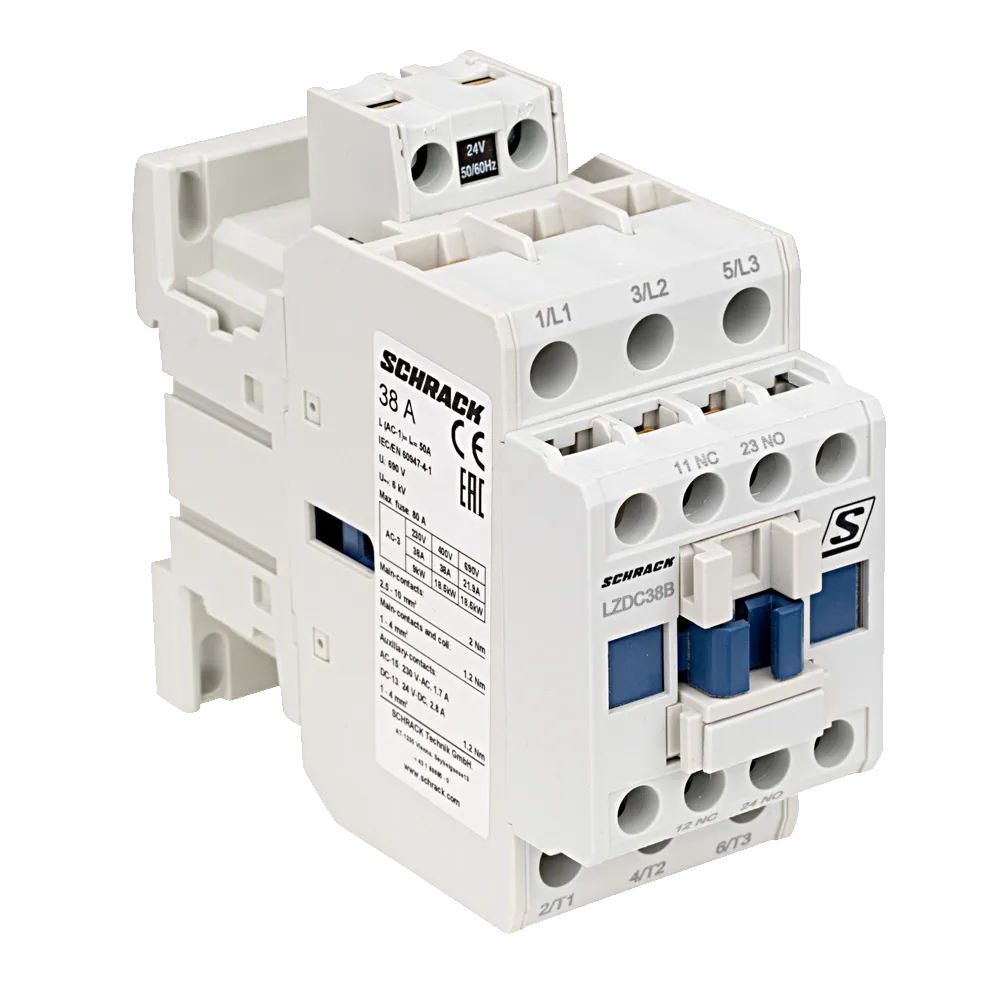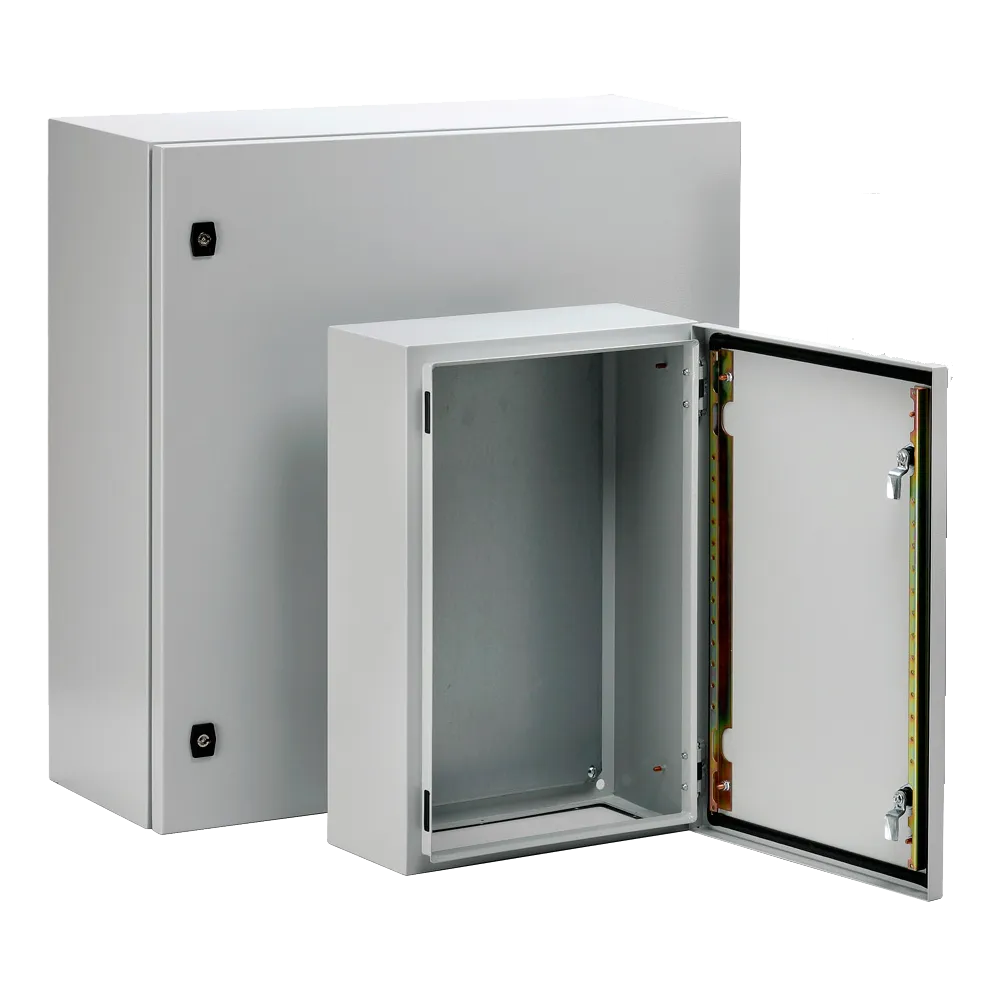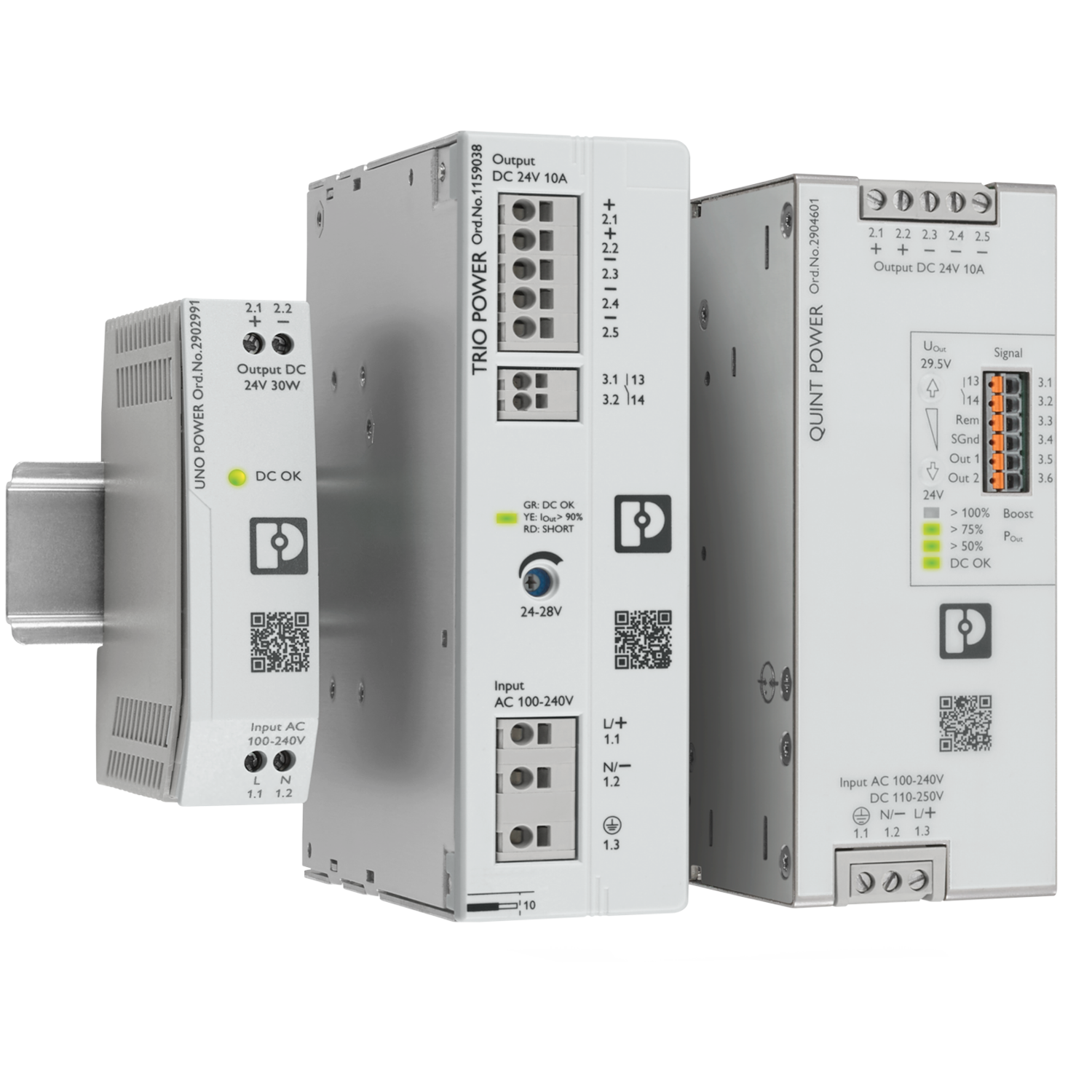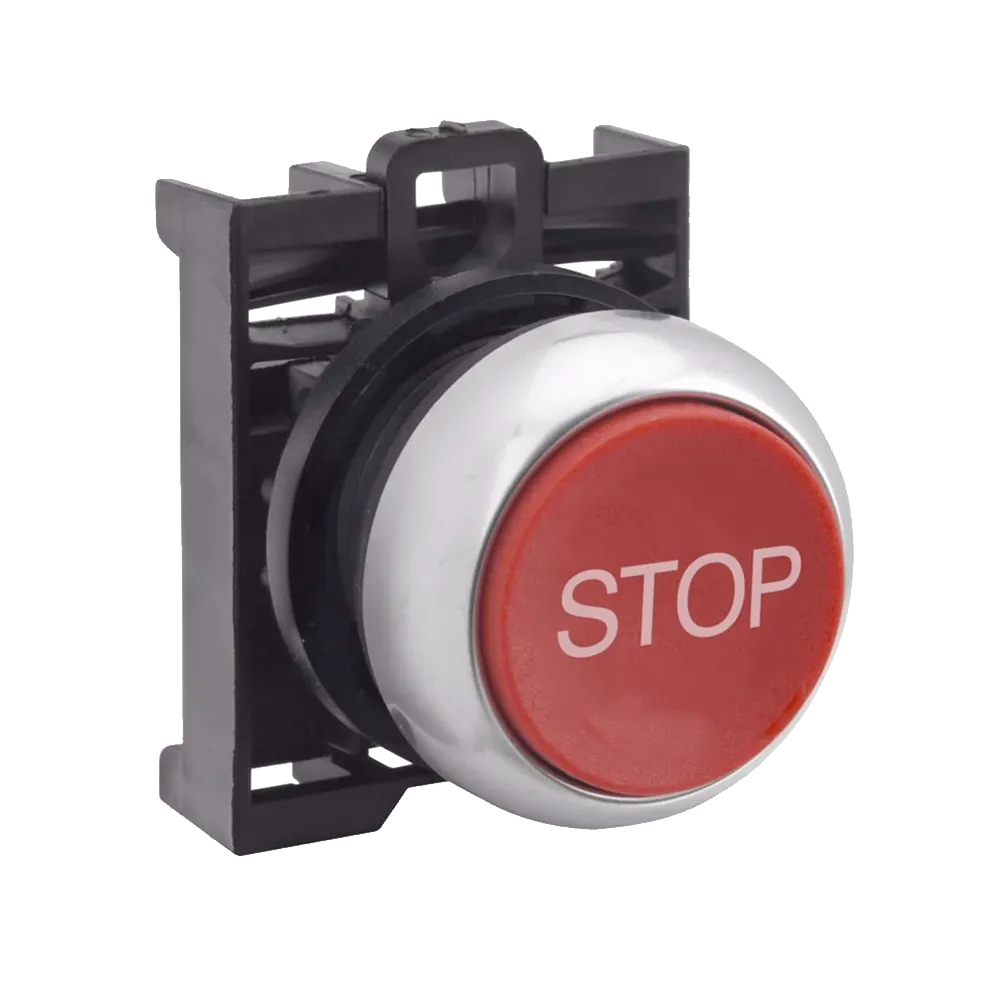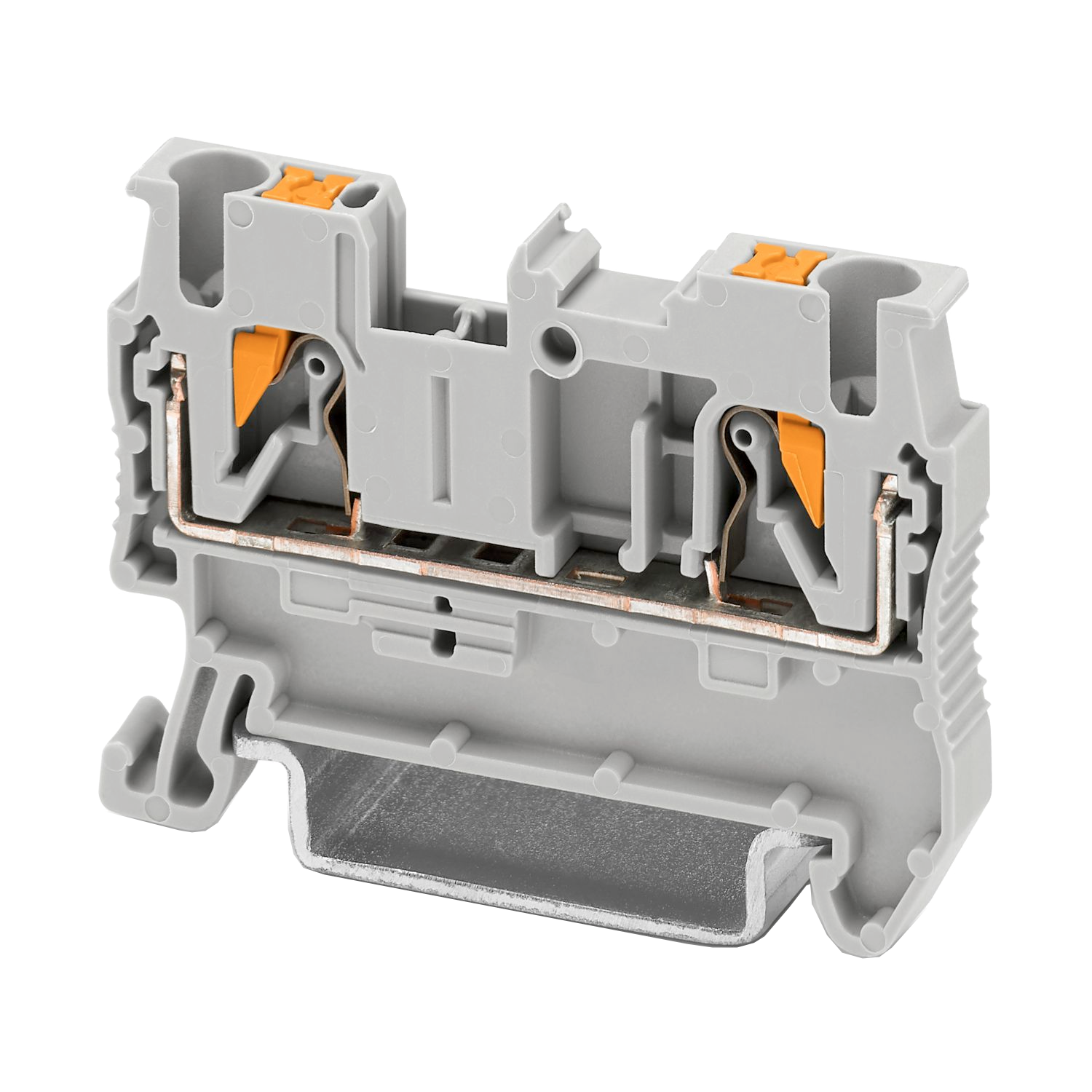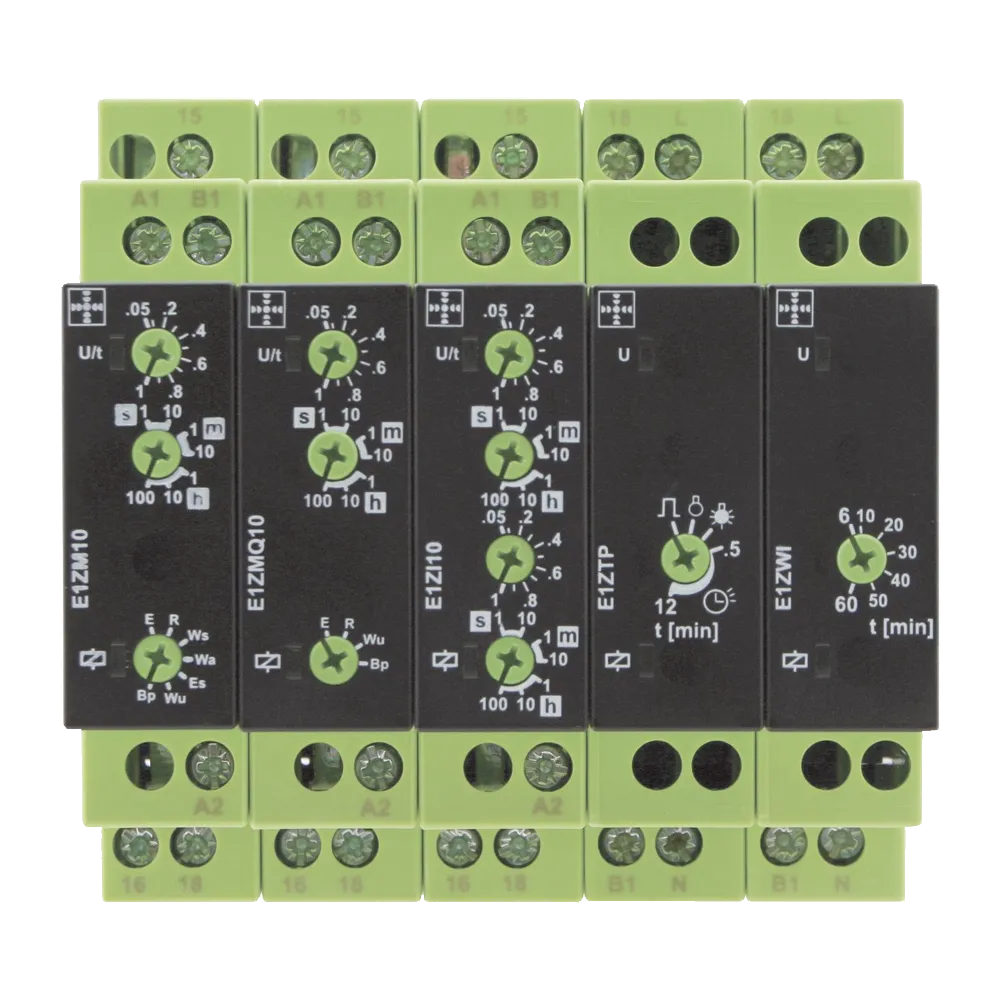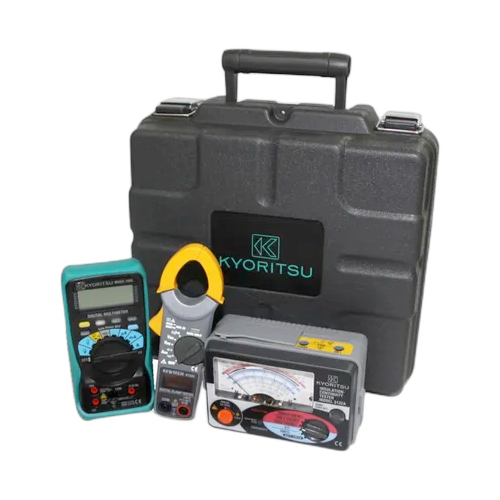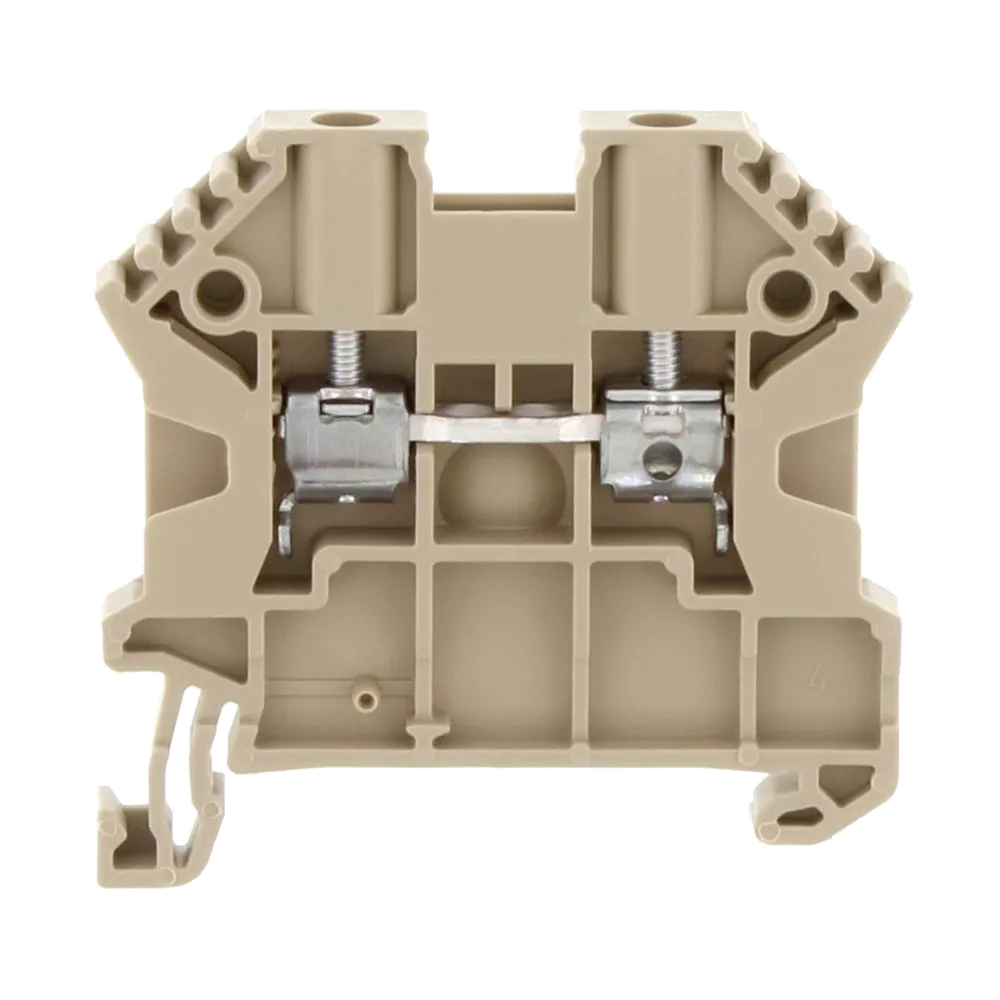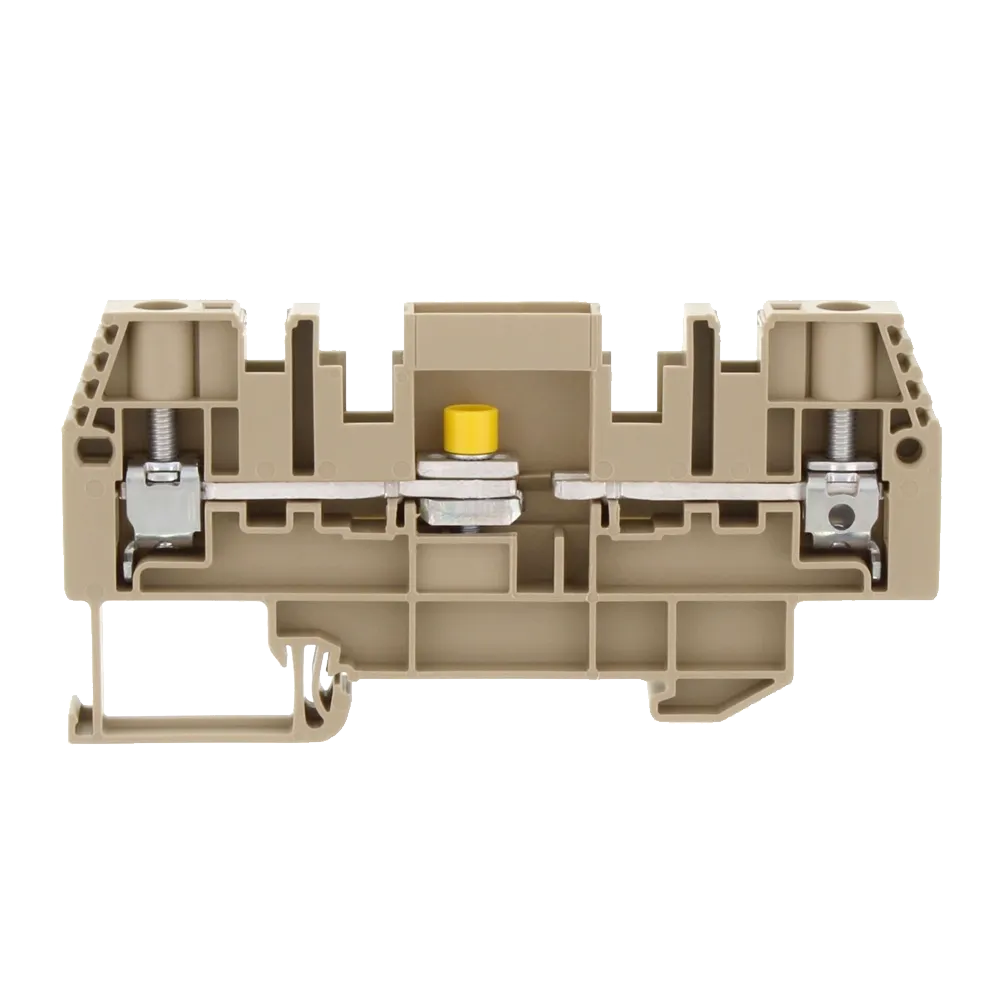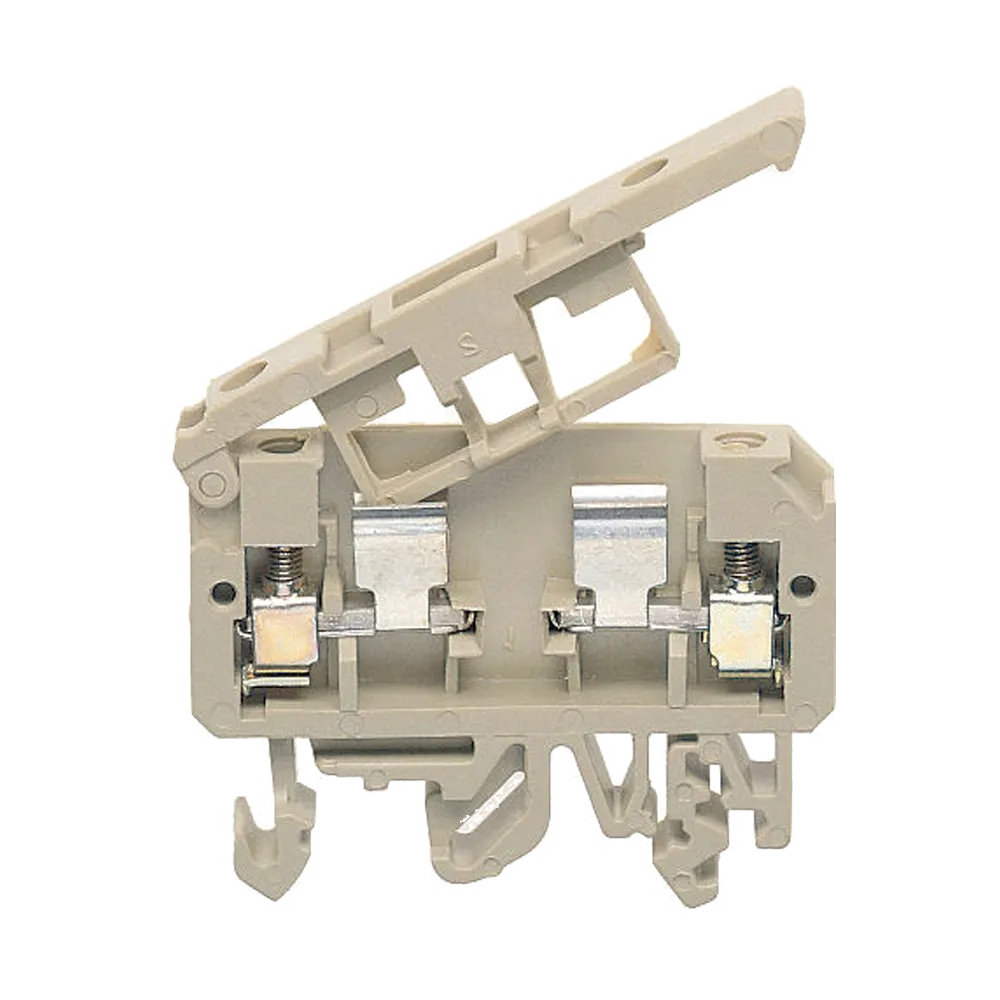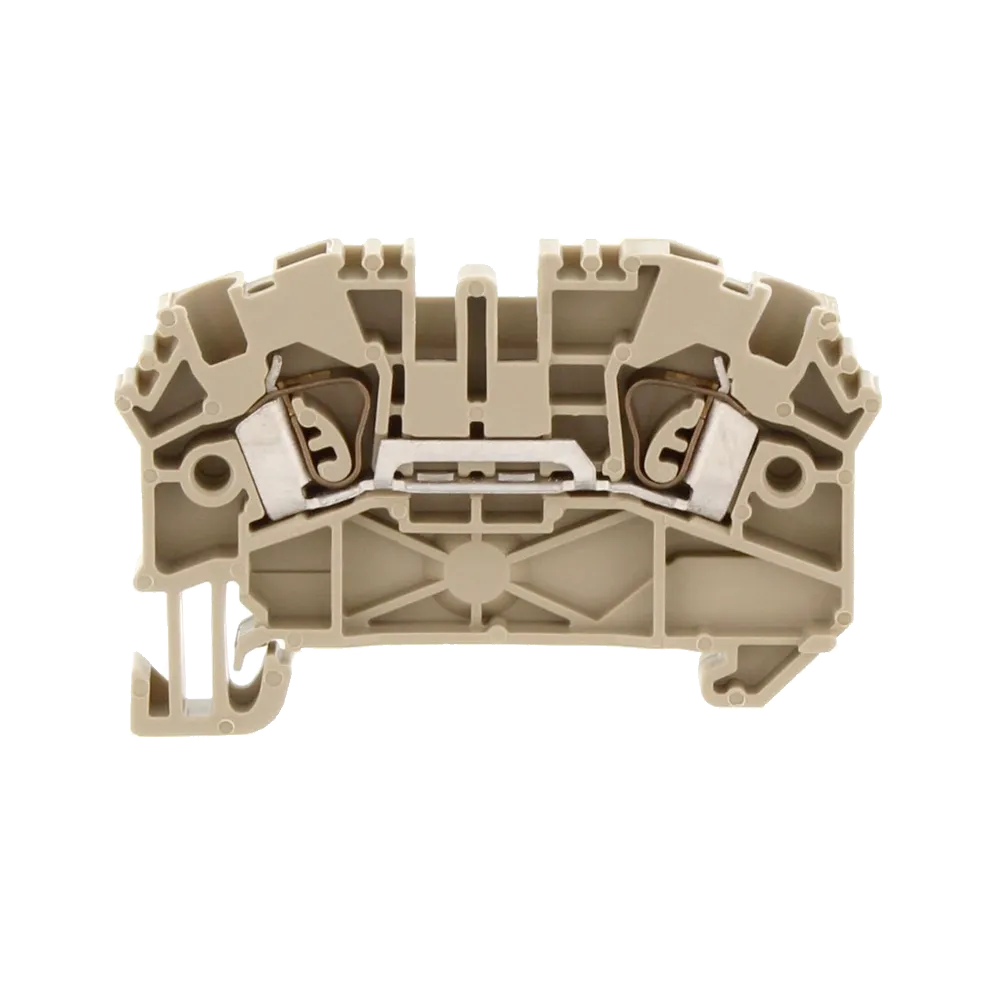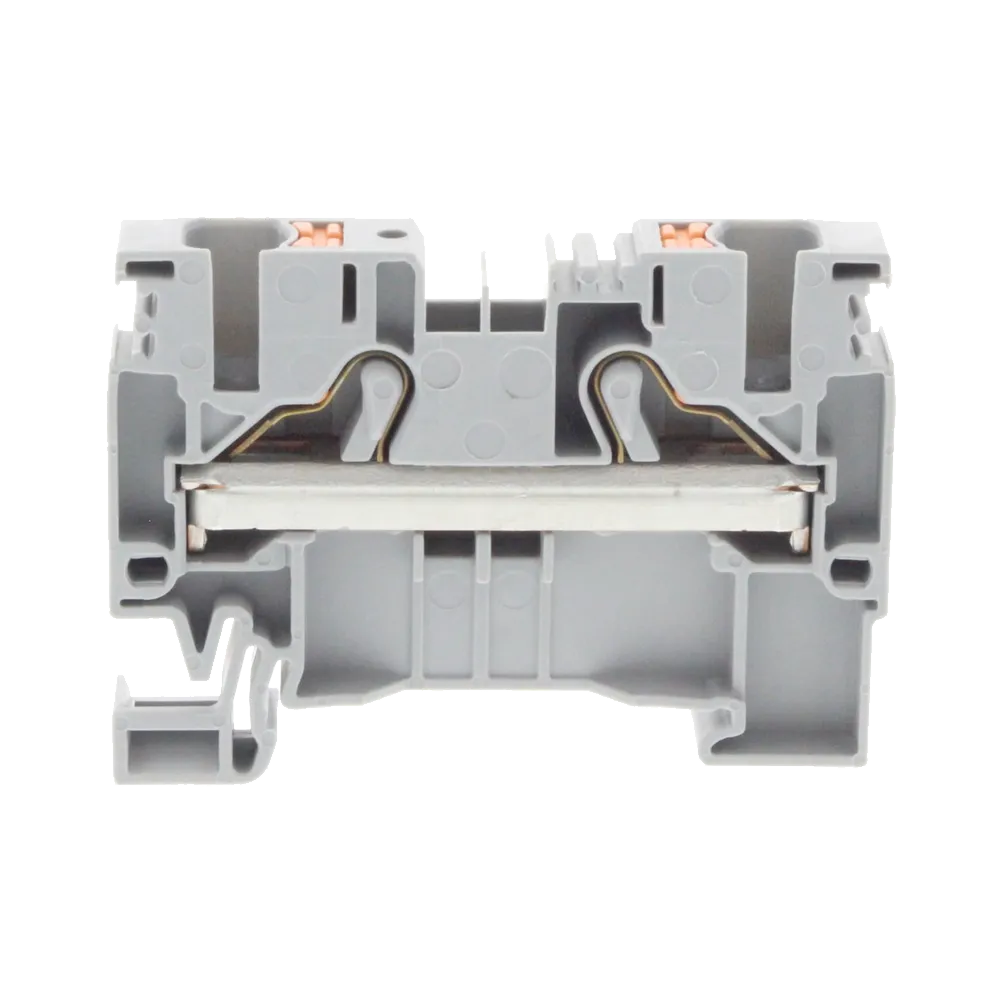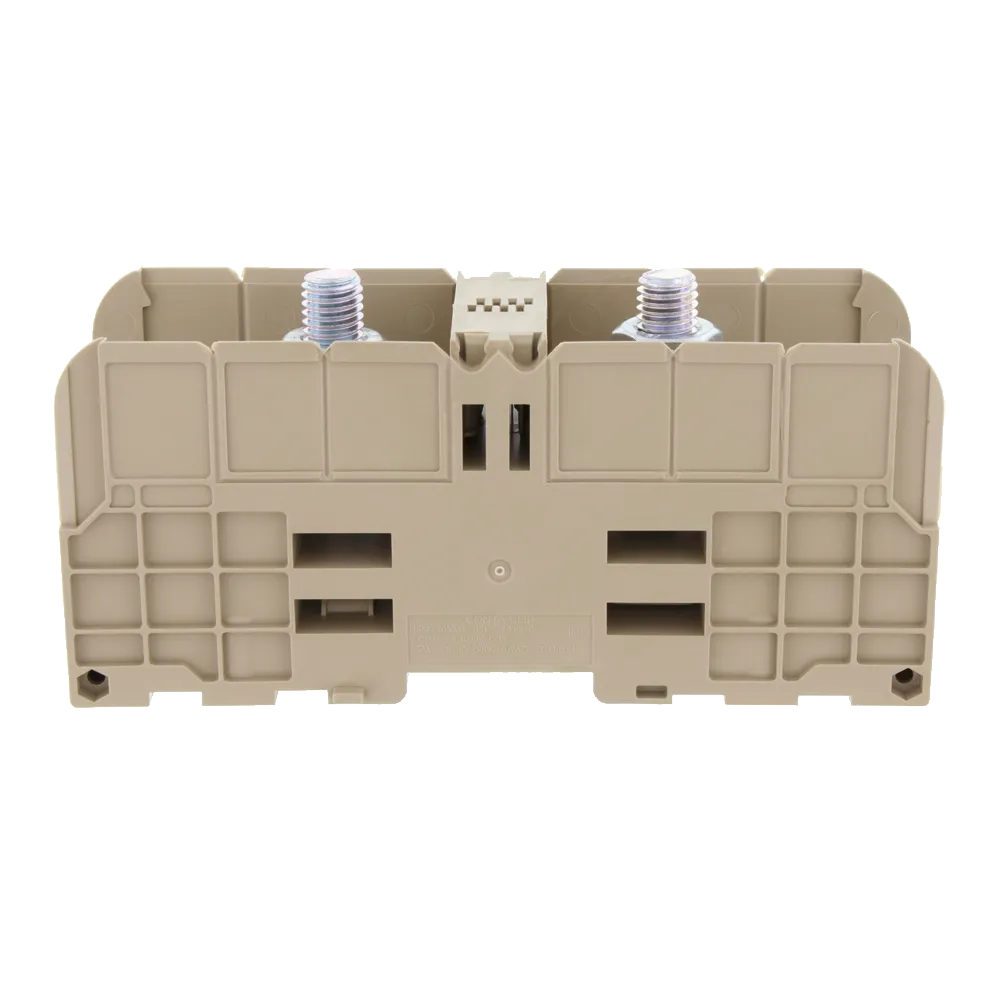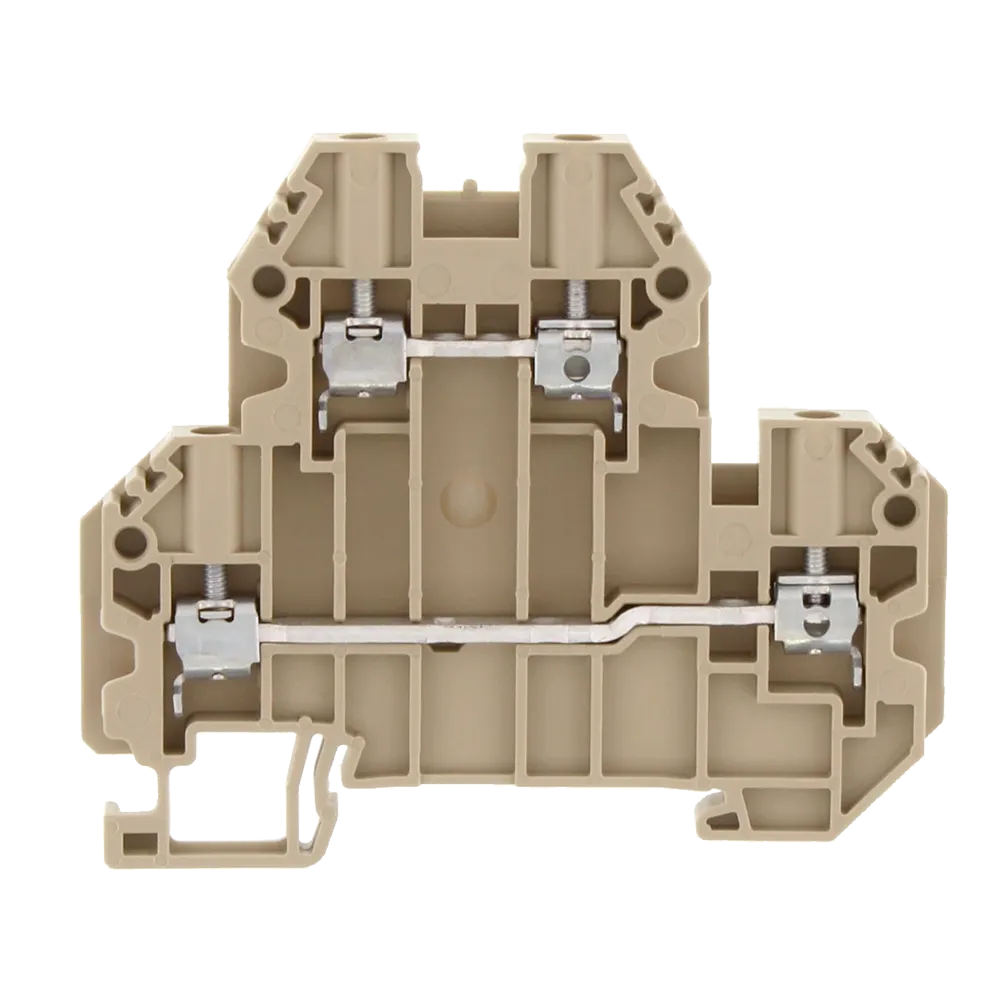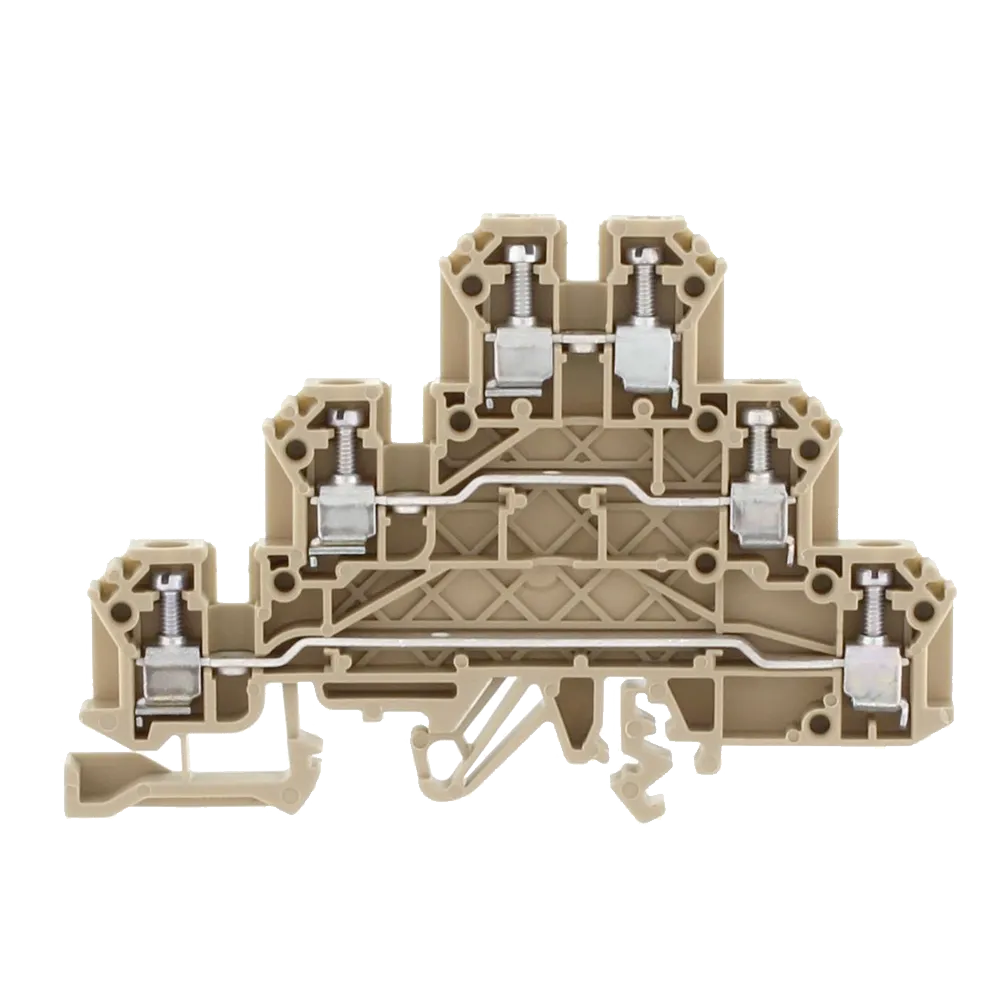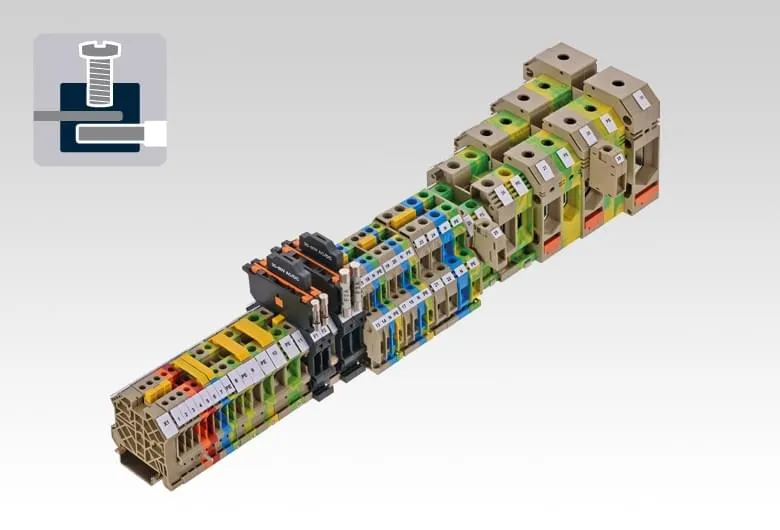
Exploring Terminal Blocks; All you need to know
What are the important things you should be considering when specifying a terminal block?
Selecting some of the major components, like PLC’s and electronics, is a hard enough task, so choosing the proper electro-mechanical items can sometimes be overlooked.
Terminal blocks are not tricky items, but they do come with a huge variety of specifications and packages, also differing quality, and standards. Perhaps this is where some of the challenges arise. Needless to say, these are extremely important electrical components.
They are what connects the board or panel' functionality to the outside infrastructure. They increase safety by grounding, isolating, and protecting the other components in the electrical cabinet. They are also typically finger-safe connections that prevent electrical shock. Furthermore, terminal blocks provide test points, which add even more functionality and safety to the circuit.
The task of selecting a terminal block seems simple, but what if you choose an improper terminal block?
While this could be a dangerous electrical situation, the consequences could be much greater. Poor choices could also result in shutting down an entire production line, manufacturing and productivity losses, and the over-all loss of faith a customer has in your system, or worse, your company.
All of this over something that is deemed simple or unimportant. It is therefore essential to choose a terminal block that perfectly matches your application requirements.
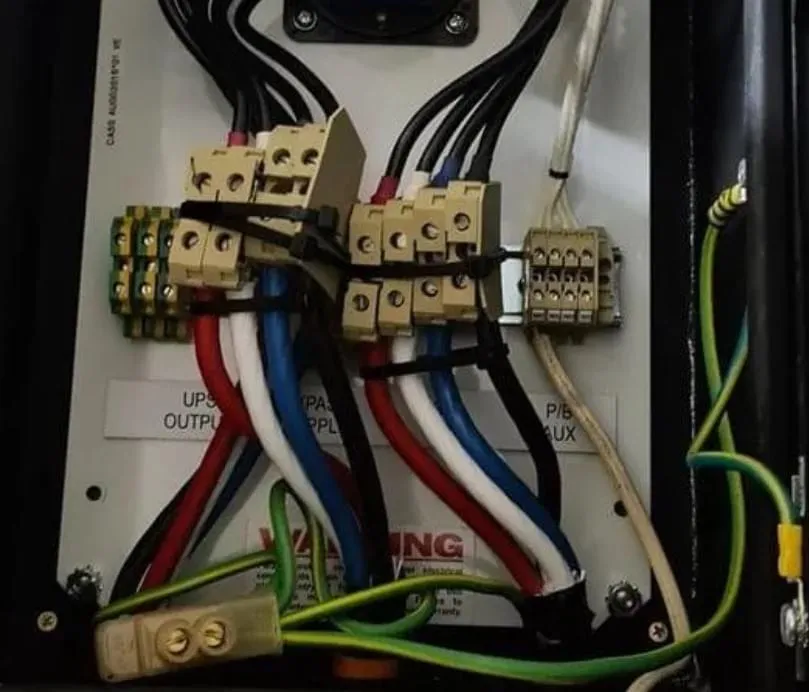
So, how do you choose a perfect match for your system?
This is a question that is often on the minds of equipment designers. To choose the right terminal block for your system, you first need to understand the purpose of terminal blocks and learn about their types.
A terminal block is a device that safely enables connectivity between multiple wires and circuits . It can be regarded as the component that forms the backbone of automation and electrical control systems.
Since terminal blocks are used in various applications, they come with different types of wire termination connections. These include push-in, screw-in, spring clamp, insulation displacement, and lug connections.
PRIMARILY, THERE ARE THREE STRUCTURED TYPES OF TERMINAL BLOCKS:
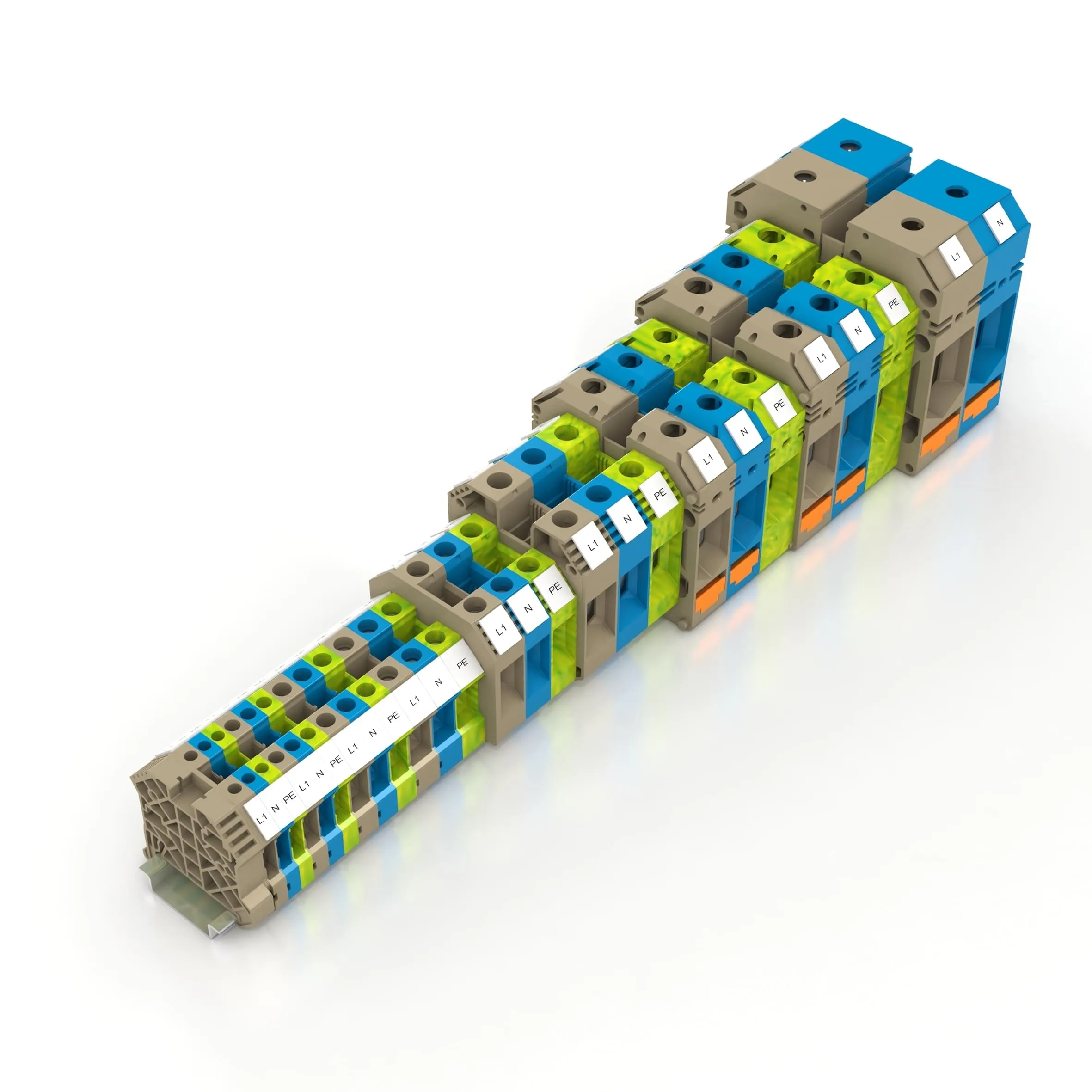
Single-feed through terminal blocks:
These are simply used to safely connect two wires together, and can be referred to as a wire-to-wire connection.
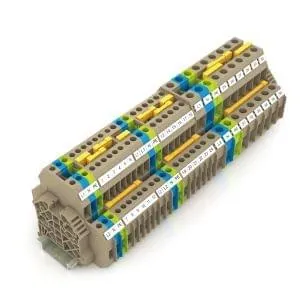
Double Deck terminal blocks:
Just as the name implies, this class of terminal blocks has another level of connection terminal stacked on top of the first one. They are excellent for saving space, simplifying wiring and suitable for increasing current capacity.
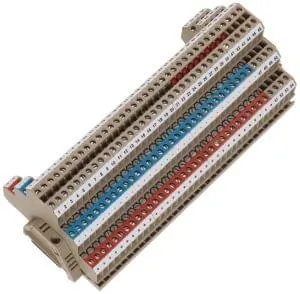
Triple Deck terminal blocks:
These have three levels of contacts. One advantage of these multi-level blocks is that multiple connections can be made in the same block. Many times these are used when you have several 3 or 4 wire sensors to connect.
HOW TO SELECT THE RIGHT TERMINAL BLOCK FOR YOUR PROJECT?
The very first step is to determine which type of connection suits your requirements. If you choose a screw connection, you may have to write a torque specification and re-check the connection after it has experienced vibration (like shipping) or been in the field for certain periods of time. Push-In and Spring clamp terminals do not need this. They are perfect for high vibration environments and can save considerable time in assembly and cable termination.
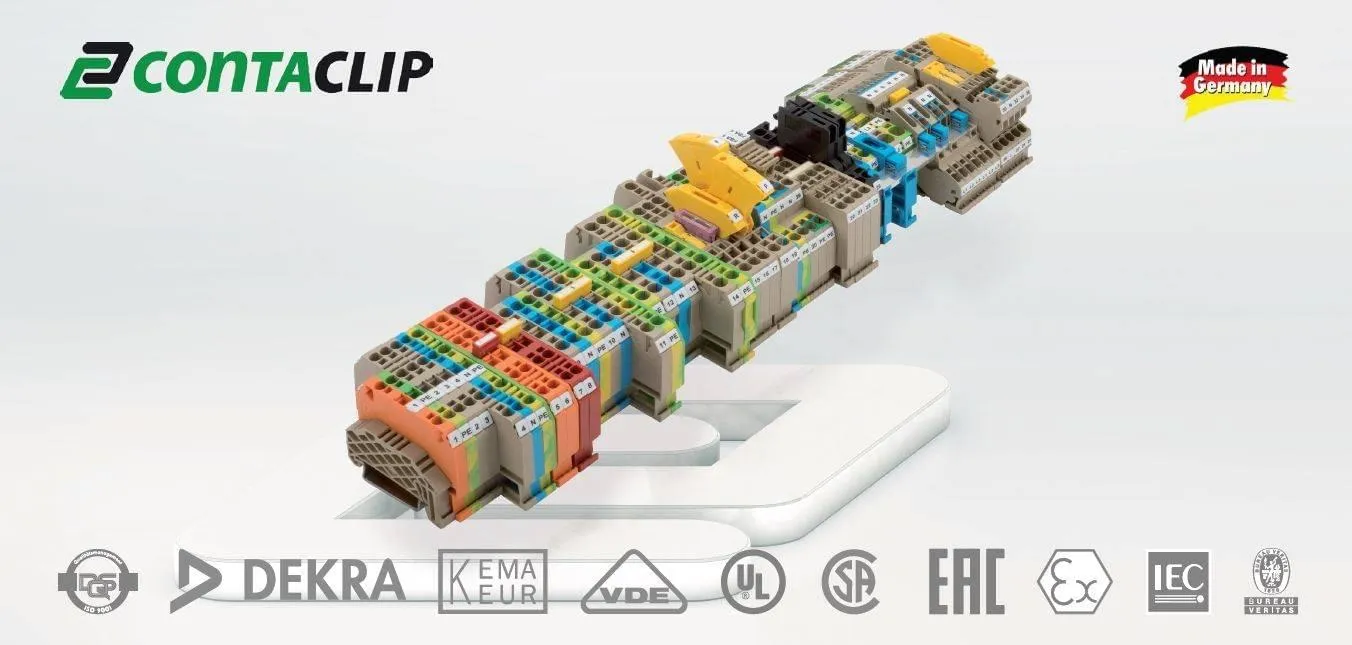
Will there be cyclic high currents that could cause a spring connection to heat and cool regularly? In a spring clamp block this could cause the metal to reverse-anneal and weaken to the point where a light pull will remove the wire. You need to make sure the spring is steel reinforced.
Will it have repeated use? How many times will it be operated and still make a reliable connection? IDC cannot be continually disconnected and reconnected without cutting/shortening the wire, which wears out the blades. Push-in and spring have a limited actuation life as well, which makes the design and materials very important.
DETERMINE SPECIFICATION REQUIREMENTS
Determine the electrical specifications needed according to your system. As already discussed, terminal blocks come in a variety of sizes, specifications and colors. You should choose a terminal block and DIN Rail that will fit well within the space you have and has enough clearance above and below for the terminals, accessories and the bend radius of the wires and cables being connected.
Always make sure you have met the proper standards and approvals for safety, and end user environmental needs. Electrically you must consider the maximum voltage, current rating and the wire sizes used in your system. The terminal block size can be calculated through the current rating, and the type of conductor being used: whether it is solid or stranded. The contact material of your terminal block and wires of dissimilar metals can corrode and aluminum on copper will loosen if not properly treated. If it were a signal reading like a thermocouple the metal has to match the same metal type as the wire, otherwise the measurement is no good.
A review of the physical environment as well as the temperature ratings will also need to be done. Then lastly consider that a electrician may have to access these after install, so the actuation points to remove and re-attach wires should be easily accessible and easy to see.
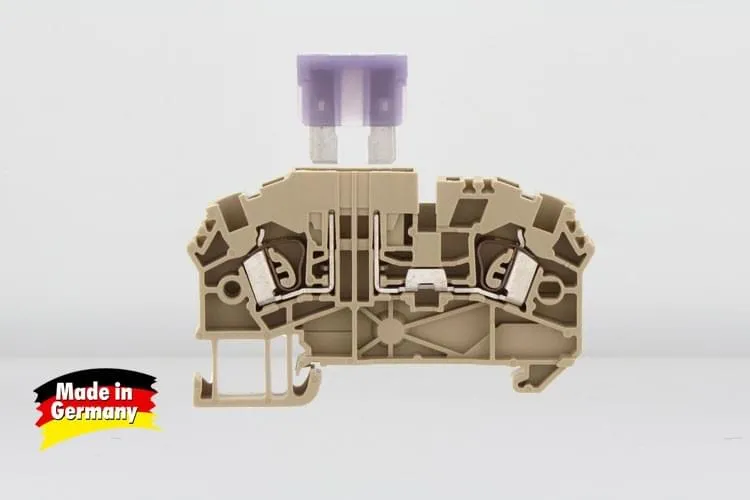
CHOOSE COMPATIBLE ACCESSORIES
After you have chosen a suitable terminal block type, select jumpers, end covers and end brackets that match your Din rail requirements. Make sure your jumpers are also rated for the full current your conductor needs to carry, often they do not. In some cases, terminal blocks can contain fuses or circuit breakers for circuit protection, indicator lights for easy monitoring, as well as diodes, resistors, capacitors or other electronics for enhanced safety.
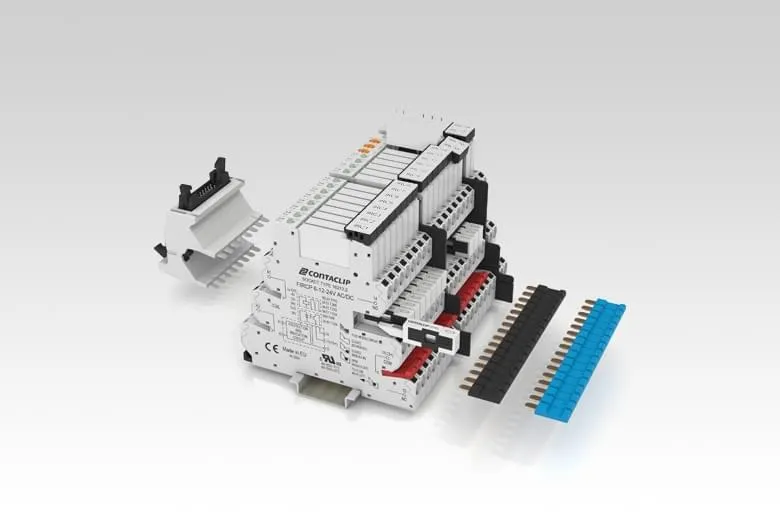
Done correctly by choosing the right components from a company such as ContaClip, will see your investment in time, and effort pay off for you, and your customers.
News
Switches Plus Components Pty Ltd
242 Governor Road, Braeside, Victoria, 3195
P: +61 3 8587 3200
E: sales@switchesplus.com.au


